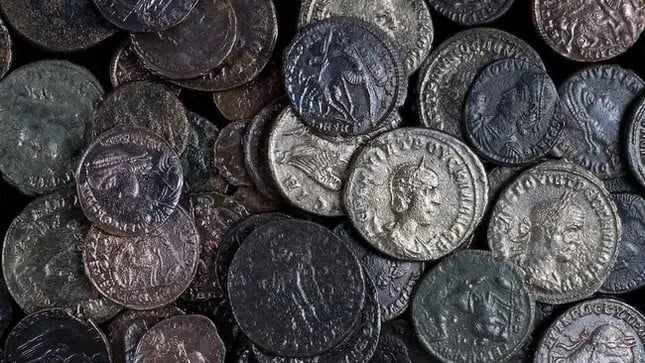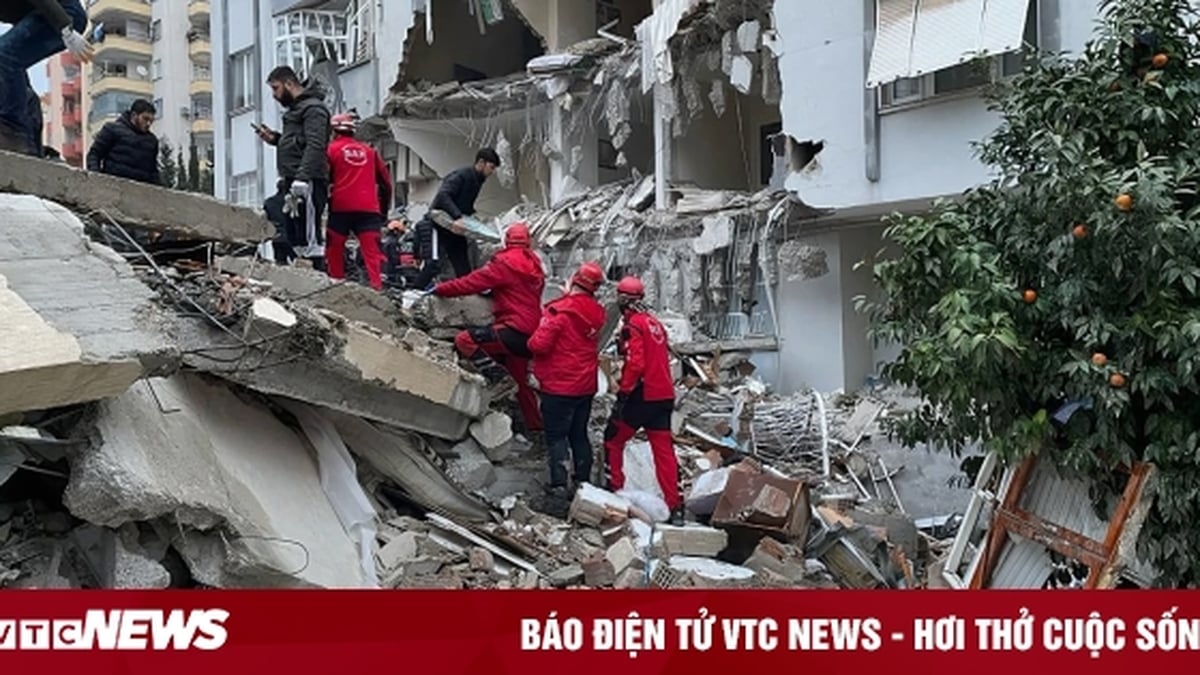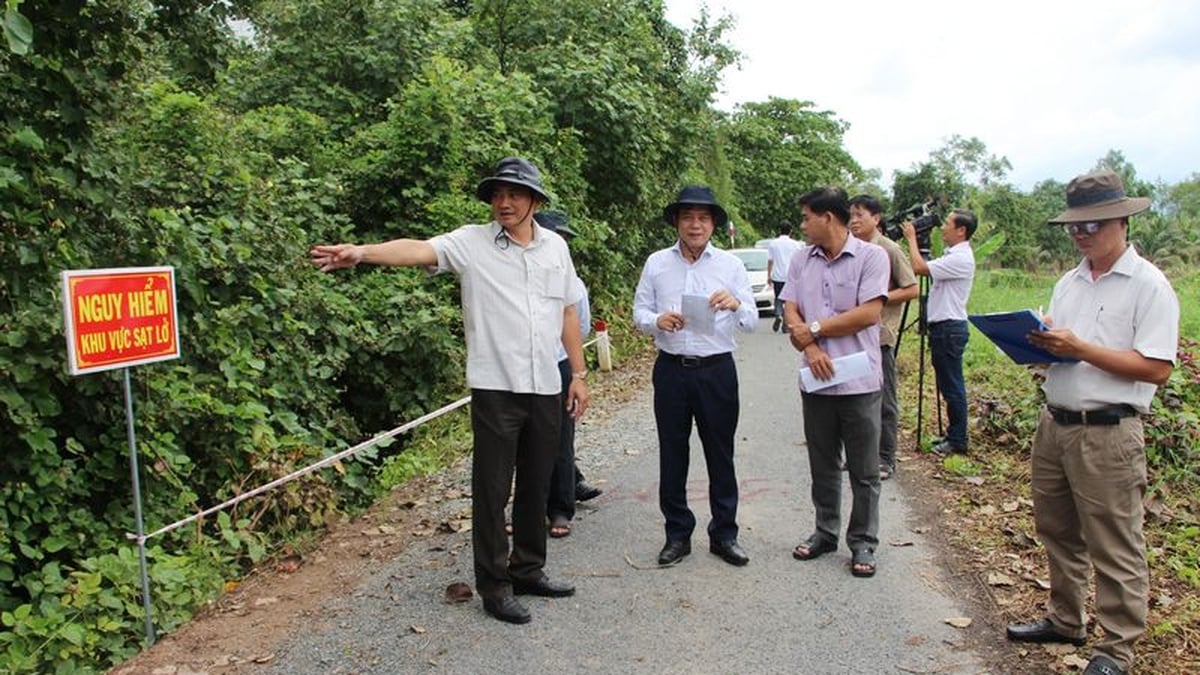TPO - A 1,700-year-old coin hoard found in Israel provides new evidence of the final Jewish uprising against Roman rule.
 |
Silver and bronze coins may have been hidden by someone during the uprising. (Photo: Dafna Gazit, Israel Antiquities Authority) |
Archaeologists found the hidden coins while excavating inside the ruins of a newly discovered public building dating back to the Late Roman-Early Byzantine period in Lod (also known as Lydda), a city in what is now central Israel that the Romans renamed "Diospolis," according to a statement from the Israel Antiquities Authority (IAA).
Although the building was destroyed at the time of the uprising, its surviving foundations protected 94 silver and bronze coins dating from AD 221 to 354. Whoever hid it, they may have “intentionally placed” it inside the building in the hope of returning to retrieve it when the situation calmed down.
“This is essentially an emergency treasure, meaning a vault that people hid in case of a catastrophic event,” said Mor Viezel, an excavator with the IAA.
Many of the coins were minted during the Gallic Revolt (AD 351–354), a time of turmoil when Jews revolted against the rule of Flavius Claudius Constantius Gallus, the half-nephew of Constantine the Great (the first Roman emperor to convert to Christianity) and ruler of the eastern provinces of the Roman Empire at the time. Lod was just one of many Jewish communities that revolted as the Romans burned and destroyed the buildings of several cities.
“This building, destroyed to its foundations, is a clear indication that the revolt was put down with force and brutality, and not simply a local uprising as some previous studies have suggested,” said Shahar Krispin and Viezel, IAA excavators. “We know from Talmudic writings that Lod was the most important Jewish center after the destruction of the Second Temple in Jerusalem.”
In addition to the coins, researchers also found “impressive stone and marble artifacts” containing Greek, Hebrew, and Latin inscriptions. One entry, which is currently being studied further, mentions the name of a Jewish man from a priestly family.
However, it is unclear how the building was used by Jews before it was destroyed during the uprising. “It is difficult to determine whether this magnificent building was used as [a] synagogue, a classroom, a meeting room for elders, or all three,” said Joshua Schwartz, professor and president of the IAA.
According to Live Science
Source: https://tienphong.vn/tim-thay-kho-tien-vang-1700-nam-tuoi-tu-cuoc-noi-day-cuoi-cung-cua-nguoi-do-thai-chong-lai-la-ma-post1647758.tpo


































































































Comment (0)